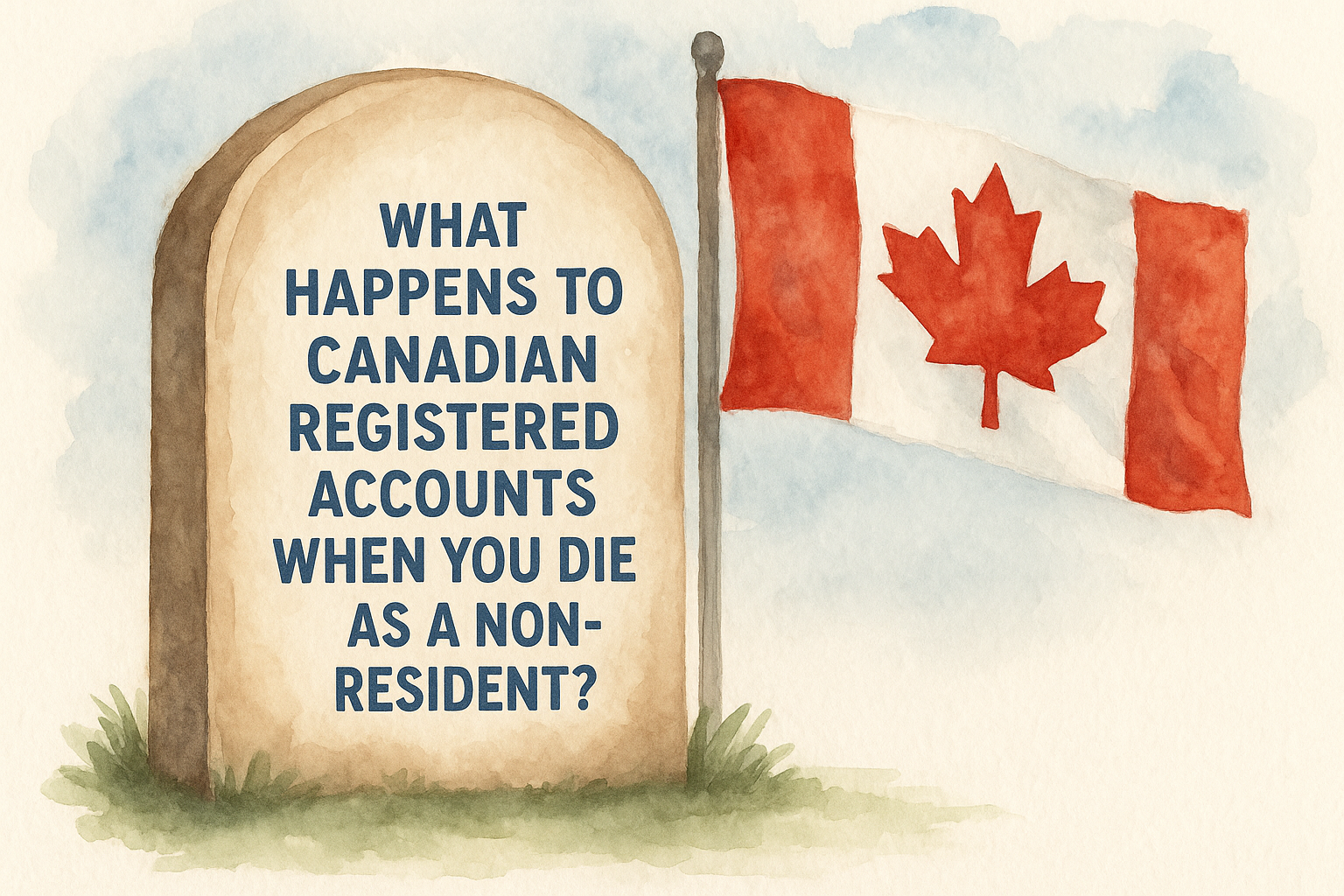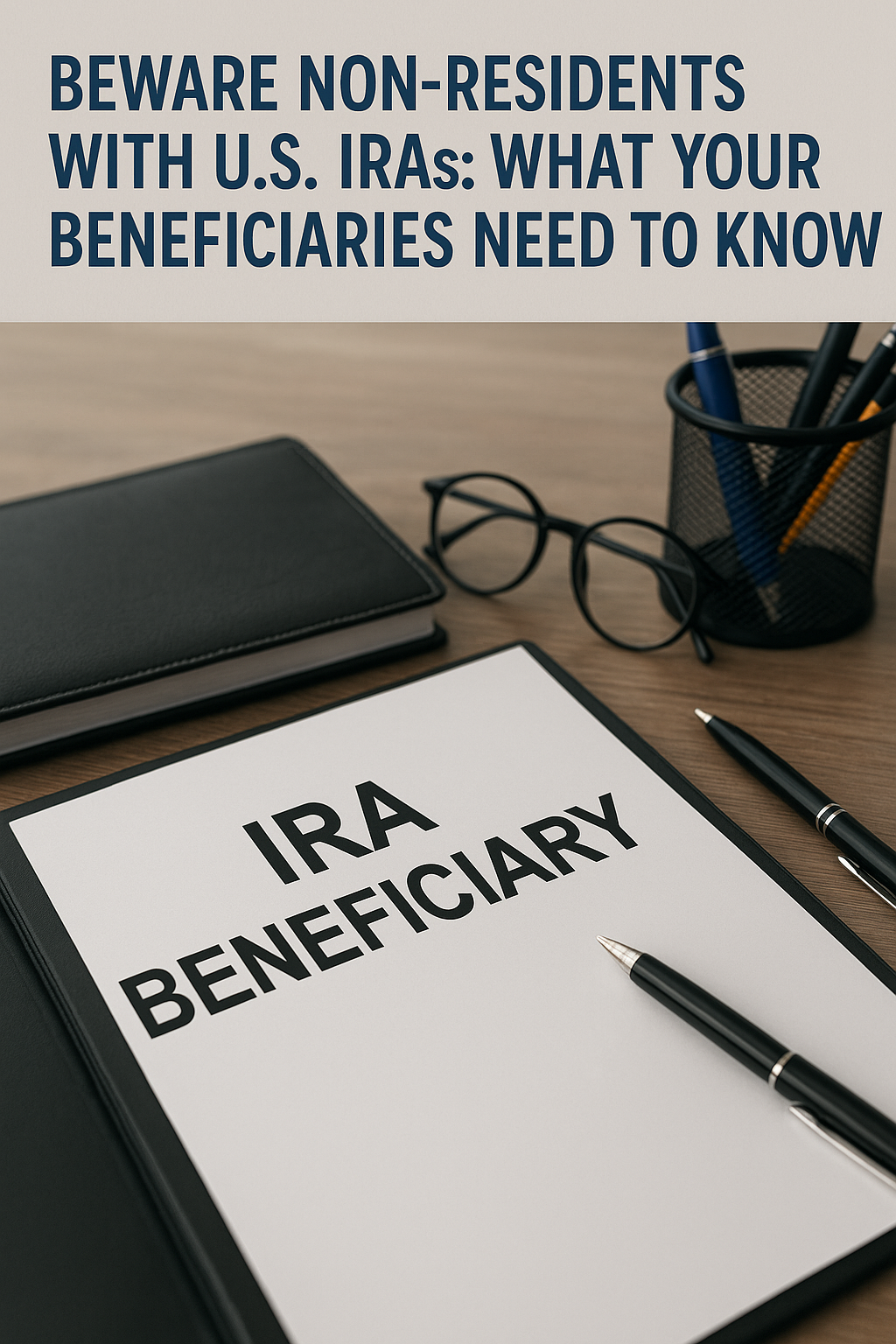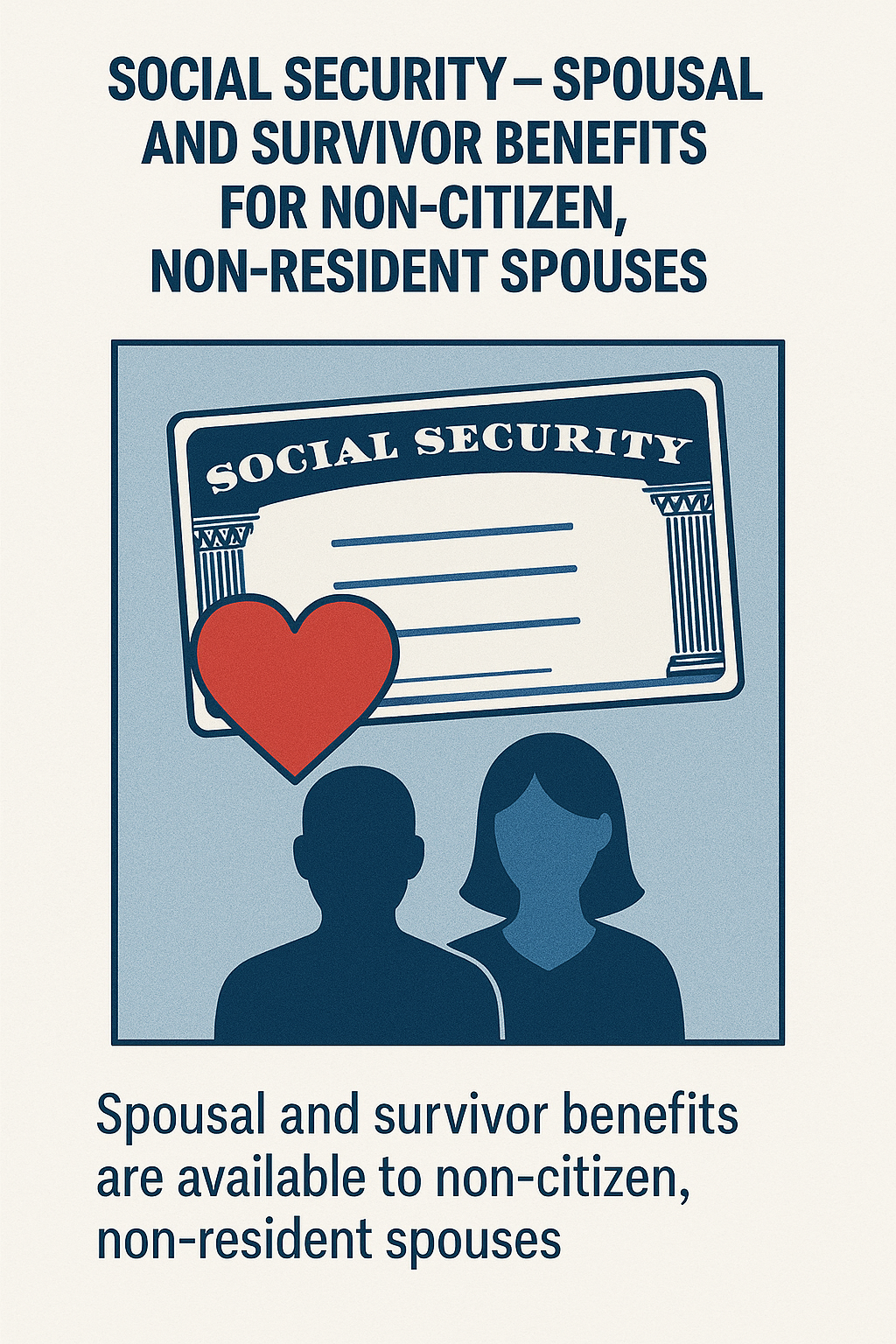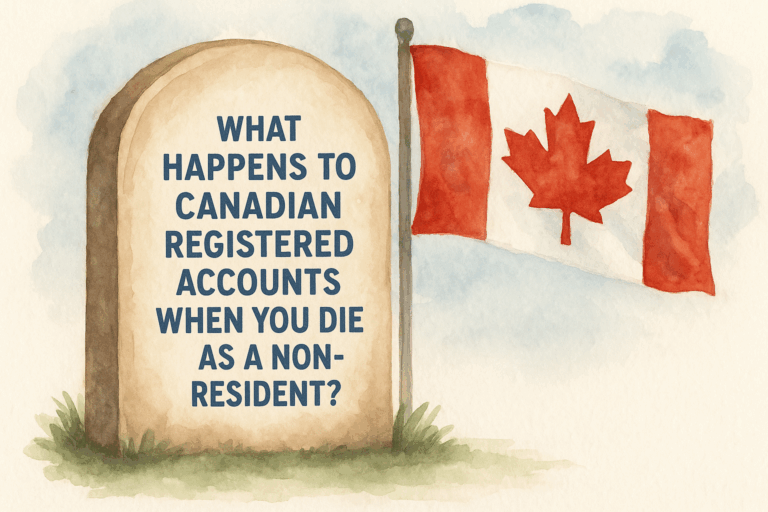 alt="Temporary Visa Categories from U.S. Customs and Immigration Services" class="wp-image-987"/>
alt="Temporary Visa Categories from U.S. Customs and Immigration Services" class="wp-image-987"/>As a follow-up to our video about temporary visa categories and Immigration Services that do not lead to a Green Card, below is a list of Temporary Visa Categories from U.S. Customs and Immigration Services with a link to the page provided below.
Temporary (Nonimmigrant) Workers
Temporary (Nonimmigrant) Workers | USCIS | Work Permit
In order for you to come to the United States lawfully as a nonimmigrant for a temporary job, your prospective employer must generally file a nonimmigrant petition on your behalf with USCIS1.
Spouses and Children Seeking Dependent Nonimmigrant Classification
Spouses and children who qualify for dependent nonimmigrant classification of a temporary worker and who are outside of the United States should apply directly at a U.S. consulate for a visa, unless exempt.
Spouses and children requesting a change of status or extension of stay in a dependent nonimmigrant classification must file Form I-539, Application to Extend/Change Nonimmigrant Status. Please see the Form I-539 instructions for further information on filing procedures for this application and about Temporary Visa & Immigration Services.
Federal U.S. Tax Information
Noncitizens employed in the United States may have a U.S. tax obligation. See the Taxation of Nonresident Aliens page on the Internal Revenue Service (IRS) website for more information.
Social Security Number Information
In general, only noncitizens who have permission from DHS to work can apply for a Social Security number. Find additional information about Foreign Workers and Social Security Numbers (PDF) on the Social Security Administration website.
| Temporary (Nonimmigrant) Worker Classification | ||
| Nonimmigrant Classification for a Temporary Worker | Description | Nonimmigrant Classification for Dependent Spouses and Children of a Temporary Worker |
| CW-1 | CNMI-Only transitional worker | CW-2 |
| E-1 | Treaty traders and qualified employees. | E-13 |
| E-2 | Treaty investors and qualified employees. | E-23 |
| E-2C | Long-term foreign investors in the CNMI | E-2C |
| E-3 | Certain “specialty occupation” professionals from Australia. | E-33 |
| H-1B | Workers in a specialty occupation and the following sub-classifications: H-1B1 – Free Trade Agreement workers in a specialty occupation from Chile and Singapore. H-1B2 – Specialty occupations related to Department of Defense Cooperative Research and Development projects or Co-production projects. H-1B3 – Fashion models of distinguished merit and ability. | H-4 |
| H-1C2 | Registered nurses working in a health professional shortage area as determined by the U.S. Department of Labor. | H-4 |
| H-2A | Temporary or seasonal agricultural workers. | H-4 |
| H-2B | Temporary non-agricultural workers. | H-4 |
| H-3 | Trainees other than medical or academic. This classification also applies to practical training in the education of handicapped children. | H-4 |
| I | Representatives of foreign press, radio, film or other foreign information media. | I |
| L-1A | Intracompany transferees in managerial or executive positions. | L-23 |
| L-1B | Intracompany transferees in positions utilizing specialized knowledge. | L-23 |
| O-1 | Persons with extraordinary ability in sciences, arts, education, business, or athletics and motion picture or TV production. | O-3 |
| O-2 | Persons accompanying solely to assist an O-1 nonimmigrant. | O-3 |
| P-1A | Internationally recognized athletes. | P-4 |
| P-1B | Internationally recognized entertainers or members of internationally recognized entertainment groups. | P-4 |
| P-2 | Individual performer or part of a group entering to perform under a reciprocal exchange program. | P-4 |
| P-3 | Artists or entertainers, either an individual or group, to perform, teach, or coach under a program that is culturally unique. | P-4 |
Q-1 | Persons participating in an international cultural exchange program for the purpose of providing practical training, employment, and to share the history, culture, and traditions of the noncitizen’s home country. | Not Applicable4 |
| R-1 | Religious workers. | R-2 |
| TN | North American Free Trade Agreement (NAFTA) temporary professionals from Mexico and Canada. | TD |
Only1 a few nonimmigrant classifications allow you to work in this country without an employer having first filed a petition on your behalf. Such classifications include the nonimmigrant E-1, E-2, E-3 and TN classifications, as well as, in certain instances, the F-1 and M-1 student and J-1 exchange visitor classifications.
You should refer to the USCIS webpage for your classification to determine whether you must obtain employment authorization before beginning work.
2 The H-1C nonimmigrant classification expired on Dec. 20, 2009.
3 Certain E and L dependent spouses are considered employment authorized incident to status. As of Jan. 30, 2022, USCIS and CBP began issuing Forms I-94 with the following new COA codes for certain E and L spouses: E-1S, E-2S, E-3S, and L-2S. An unexpired Form I-94 reflecting one of these new codes is acceptable as evidence of employment authorization for spouses under List C of Form I-9, Employment Eligibility Verification.
USCIS will send E and L spouses with a Form I-94 issued by USCIS before January 30, 2022 that was notated with E-1, E-2, E-3, E-3D, E-3R, or L-2 nonimmigrant status and who are employment authorized incident to status a notice regarding the new COA codes that, together with an unexpired Form I-94 reflecting E-1, E-2, E-3, E-3D, E-3R, or L-2 nonimmigrant status, serves as evidence of employment authorization under List C of Form I-9.
For more information, see this web alert or Contact Us for Guidance about Temporary Visa and Immigration Services. E and L spouses who are employment authorized incident to status are no longer required to request employment authorization by filing Form I-765, Application for Employment Authorization, with fee, but they may continue to file Form I-765 if they choose to receive an Employment Authorization Document (Form I-766 EAD).
4 Though the Immigration and Nationality Act (INA) does not provide a specific nonimmigrant classification for dependents of Q-1 nonimmigrants, this does not preclude the spouse or child of a Q-1 from entering the U.S. in another nonimmigrant classification.
 class="wp-block-cover__image-background wp-post-image" alt="" data-object-fit="cover" srcset="https://49thparallelwealthmanagement.com/wp-content/uploads/2025/06/non-resident-death.png 1536w, https://49thparallelwealthmanagement.com/wp-content/uploads/2025/06/non-resident-death-300x200.png 300w, https://49thparallelwealthmanagement.com/wp-content/uploads/2025/06/non-resident-death-1024x683.png 1024w, https://49thparallelwealthmanagement.com/wp-content/uploads/2025/06/non-resident-death-768x512.png 768w, https://49thparallelwealthmanagement.com/wp-content/uploads/2025/06/non-resident-death-600x400.png 600w" sizes="(max-width: 1536px) 100vw, 1536px" />
class="wp-block-cover__image-background wp-post-image" alt="" data-object-fit="cover" srcset="https://49thparallelwealthmanagement.com/wp-content/uploads/2025/06/non-resident-death.png 1536w, https://49thparallelwealthmanagement.com/wp-content/uploads/2025/06/non-resident-death-300x200.png 300w, https://49thparallelwealthmanagement.com/wp-content/uploads/2025/06/non-resident-death-1024x683.png 1024w, https://49thparallelwealthmanagement.com/wp-content/uploads/2025/06/non-resident-death-768x512.png 768w, https://49thparallelwealthmanagement.com/wp-content/uploads/2025/06/non-resident-death-600x400.png 600w" sizes="(max-width: 1536px) 100vw, 1536px" />
 class="wp-block-cover__image-background wp-post-image" alt="" data-object-fit="cover" srcset="https://49thparallelwealthmanagement.com/wp-content/uploads/2025/06/20250605_0722_Concerned-Couple-at-Hospital_simple_compose_01jx07f099fjw91e52w0g2sab3.png 1024w, https://49thparallelwealthmanagement.com/wp-content/uploads/2025/06/20250605_0722_Concerned-Couple-at-Hospital_simple_compose_01jx07f099fjw91e52w0g2sab3-200x300.png 200w, https://49thparallelwealthmanagement.com/wp-content/uploads/2025/06/20250605_0722_Concerned-Couple-at-Hospital_simple_compose_01jx07f099fjw91e52w0g2sab3-683x1024.png 683w, https://49thparallelwealthmanagement.com/wp-content/uploads/2025/06/20250605_0722_Concerned-Couple-at-Hospital_simple_compose_01jx07f099fjw91e52w0g2sab3-768x1152.png 768w, https://49thparallelwealthmanagement.com/wp-content/uploads/2025/06/20250605_0722_Concerned-Couple-at-Hospital_simple_compose_01jx07f099fjw91e52w0g2sab3-600x900.png 600w" sizes="(max-width: 1024px) 100vw, 1024px" />
class="wp-block-cover__image-background wp-post-image" alt="" data-object-fit="cover" srcset="https://49thparallelwealthmanagement.com/wp-content/uploads/2025/06/20250605_0722_Concerned-Couple-at-Hospital_simple_compose_01jx07f099fjw91e52w0g2sab3.png 1024w, https://49thparallelwealthmanagement.com/wp-content/uploads/2025/06/20250605_0722_Concerned-Couple-at-Hospital_simple_compose_01jx07f099fjw91e52w0g2sab3-200x300.png 200w, https://49thparallelwealthmanagement.com/wp-content/uploads/2025/06/20250605_0722_Concerned-Couple-at-Hospital_simple_compose_01jx07f099fjw91e52w0g2sab3-683x1024.png 683w, https://49thparallelwealthmanagement.com/wp-content/uploads/2025/06/20250605_0722_Concerned-Couple-at-Hospital_simple_compose_01jx07f099fjw91e52w0g2sab3-768x1152.png 768w, https://49thparallelwealthmanagement.com/wp-content/uploads/2025/06/20250605_0722_Concerned-Couple-at-Hospital_simple_compose_01jx07f099fjw91e52w0g2sab3-600x900.png 600w" sizes="(max-width: 1024px) 100vw, 1024px" /> class="wp-block-cover__image-background wp-post-image" alt="" data-object-fit="cover" srcset="https://49thparallelwealthmanagement.com/wp-content/uploads/2025/06/Ira-Beneficiuary.png 1024w, https://49thparallelwealthmanagement.com/wp-content/uploads/2025/06/Ira-Beneficiuary-200x300.png 200w, https://49thparallelwealthmanagement.com/wp-content/uploads/2025/06/Ira-Beneficiuary-683x1024.png 683w" sizes="(max-width: 1024px) 100vw, 1024px" />
class="wp-block-cover__image-background wp-post-image" alt="" data-object-fit="cover" srcset="https://49thparallelwealthmanagement.com/wp-content/uploads/2025/06/Ira-Beneficiuary.png 1024w, https://49thparallelwealthmanagement.com/wp-content/uploads/2025/06/Ira-Beneficiuary-200x300.png 200w, https://49thparallelwealthmanagement.com/wp-content/uploads/2025/06/Ira-Beneficiuary-683x1024.png 683w" sizes="(max-width: 1024px) 100vw, 1024px" />
 class="wp-block-cover__image-background wp-post-image" alt="" data-object-fit="cover" srcset="https://49thparallelwealthmanagement.com/wp-content/uploads/2025/06/20250602_0650_Spousal-and-Survivor-Benefits_simple_compose_01jwred3seej9sat32kcjwkppw.png 1024w, https://49thparallelwealthmanagement.com/wp-content/uploads/2025/06/20250602_0650_Spousal-and-Survivor-Benefits_simple_compose_01jwred3seej9sat32kcjwkppw-200x300.png 200w" sizes="(max-width: 1024px) 100vw, 1024px" />
class="wp-block-cover__image-background wp-post-image" alt="" data-object-fit="cover" srcset="https://49thparallelwealthmanagement.com/wp-content/uploads/2025/06/20250602_0650_Spousal-and-Survivor-Benefits_simple_compose_01jwred3seej9sat32kcjwkppw.png 1024w, https://49thparallelwealthmanagement.com/wp-content/uploads/2025/06/20250602_0650_Spousal-and-Survivor-Benefits_simple_compose_01jwred3seej9sat32kcjwkppw-200x300.png 200w" sizes="(max-width: 1024px) 100vw, 1024px" />


